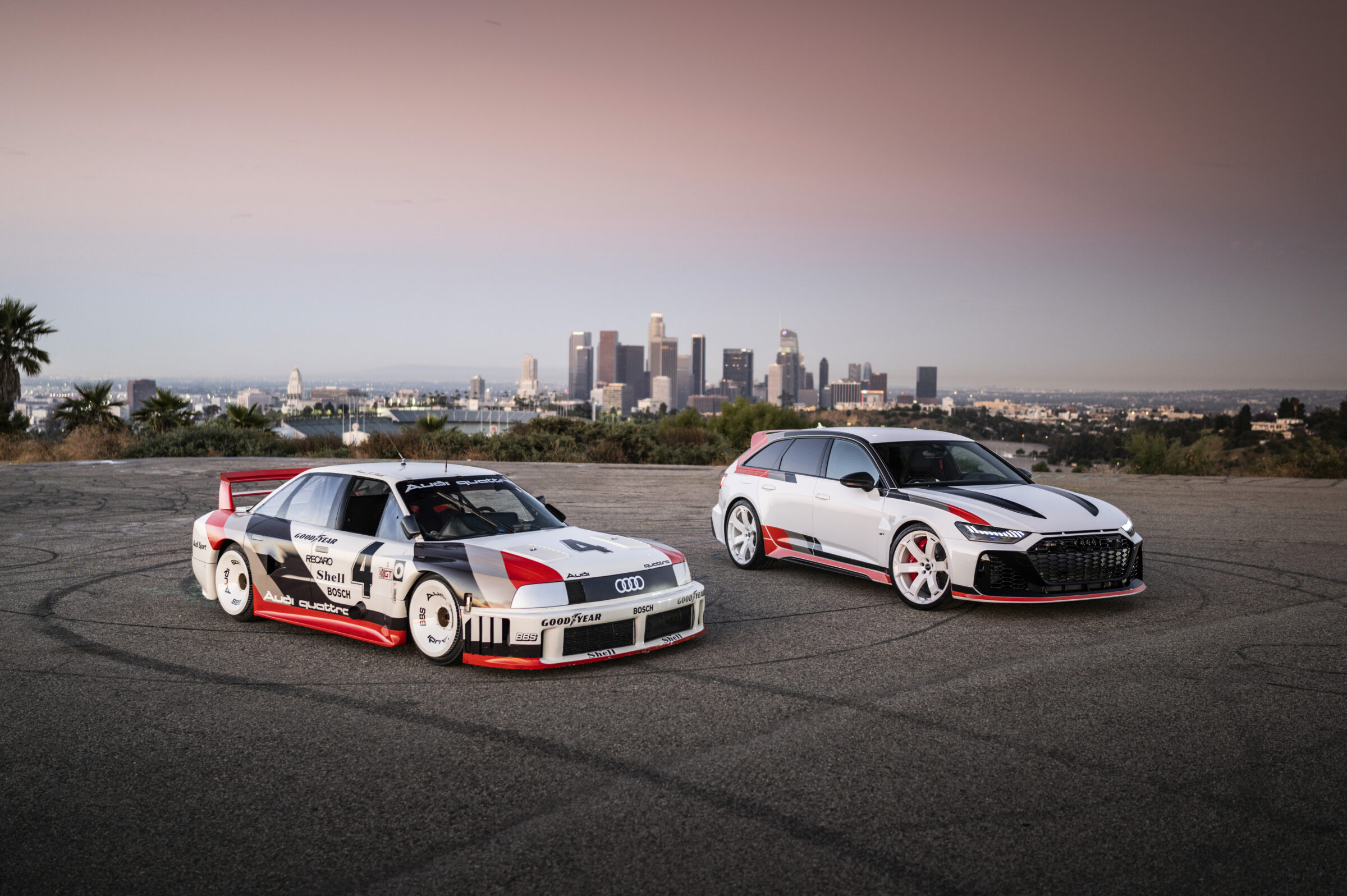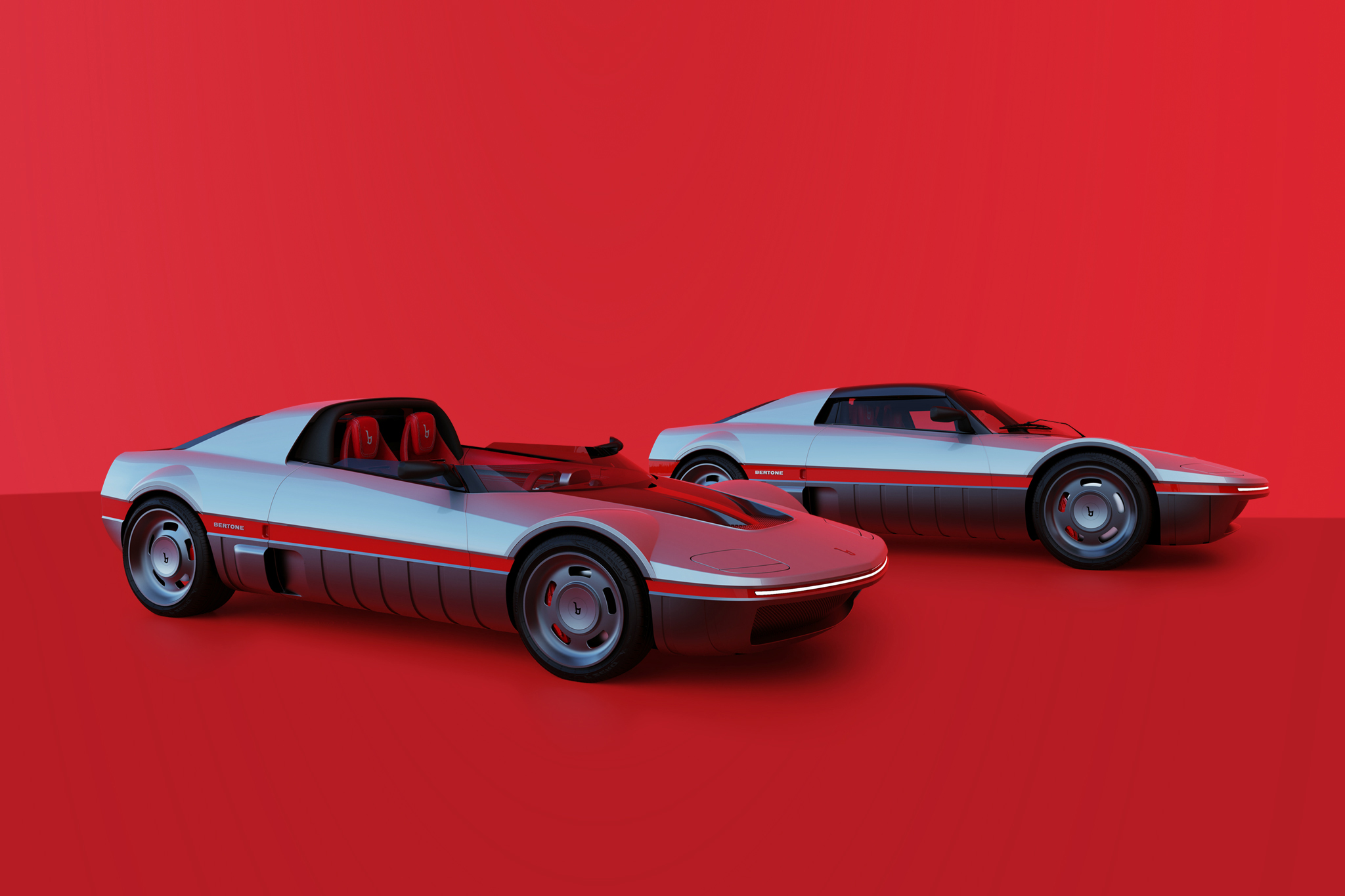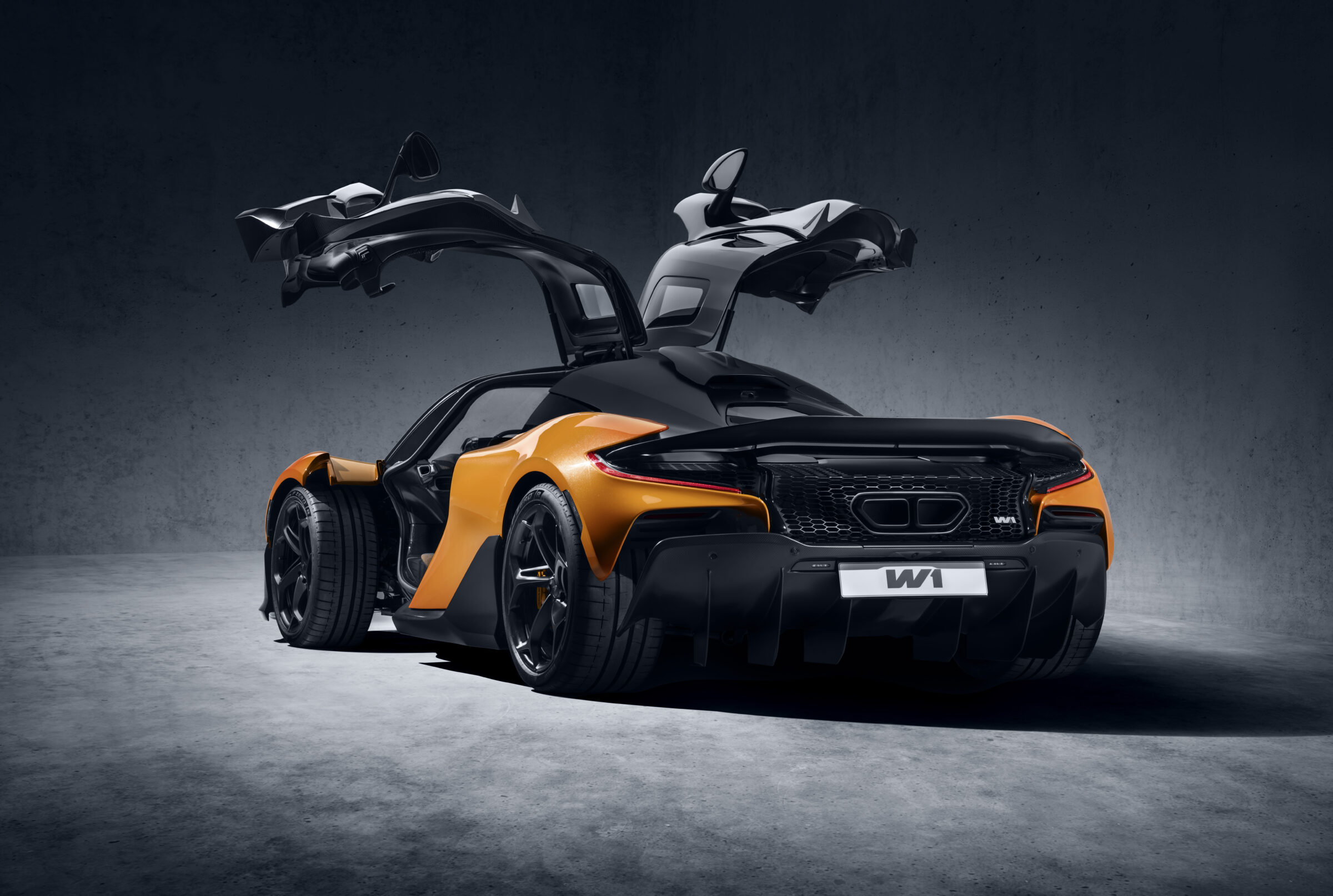30 Years of Volkswagen Corrado
For many years, Volkswagen was one of the most unadventurous brands in automotive history. No wonder after all, as models such as the Beetle, the Bus, the Type 3 or the Type 4 couldn’t stand out for their extravagant designs, sportiness or excessive luxury. Even the Karmann Ghia or the Volkswagen-Porsche 914 changed this external perception only to a limited extent, since the optics promised more than the drive could deliver. This was also true when, from the late 1960s, Volkswagen worked together with Giorgetto Giugiaro and jointly developed new model series like the Golf, the Passat, the Polo and the Scirocco. Although the looks of this sports Coupé fit into the edgy 1970s, luxury or even sportiness were still not among the core topics in Wolfsburg. Only with the Golf GTI, that was developed by some engineers top secret after work, this changed. Technology and suspension also were available in the top version of the Scirocco. However, it still wasn’t a real sports car from the point of view of sports car enthusiasts, as it still only showed four-cylinder engines. The second model generation of the Scirocco, which arrived at dealers in 1981, occured unchanged at this point.
Coinciding with the launch of the Scirocco II, Volkswagen started the development of its successor with the internal abbreviation EA 494. While both Scirocco generations up to then still were still technically based on the Golf I, now the Golf II was used. Originally, the third edition should have been cheaper and more compact than the second. Ultimately, this only succeeded in the vehicle length and even there only by 20 millimeters. During the development period, it became obvious that with a modified engine range lower sales prices wouldn’t be possible. Therefore, it was decided in 1984 to continue the production of the Scirocco II parallel to the ‘Scirocco III’. In addition they thought of another, smaller sports Coupé based on the Polo, to finally replace the Scirocco II in 1988. This plan was finally canceled out entirely in favor of a further four production years of the Scirocco II and a renaming of the new car into the Corrado with an independent positioning as a sports car and carrier of new technologies. The name comes from the Spanish word ‘correr’ (running) and replaced the internal project name ‘Taifun’ (typhoon), which already arrived in first rumors of the automotive magazines.
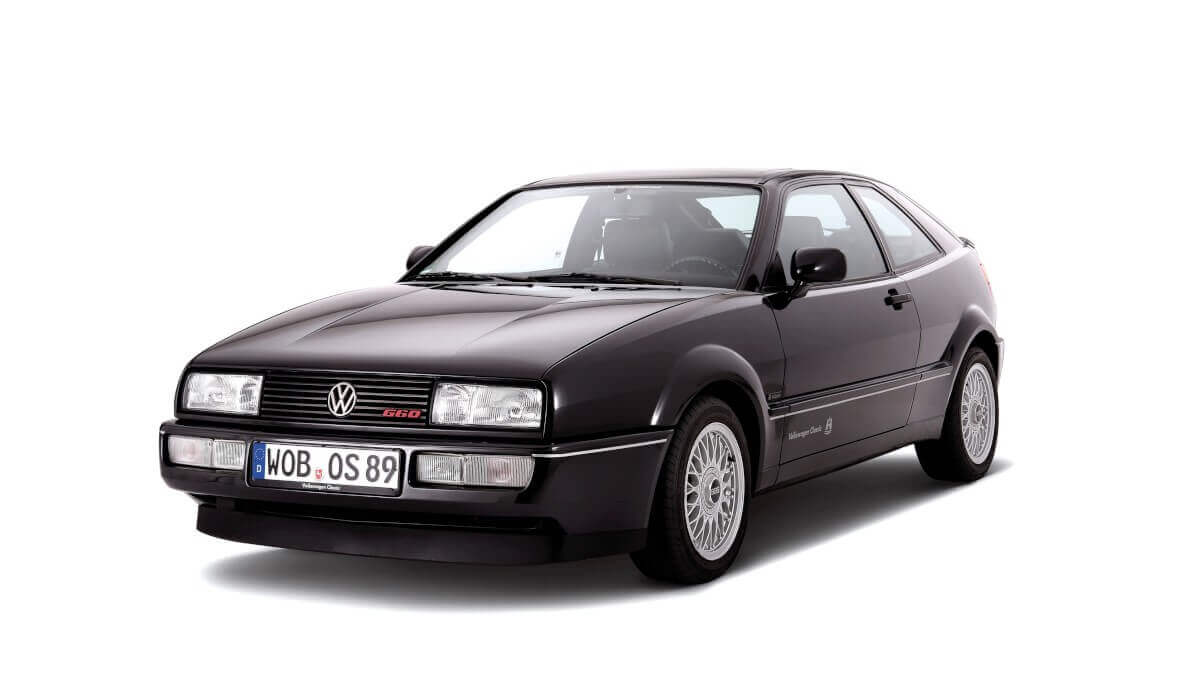

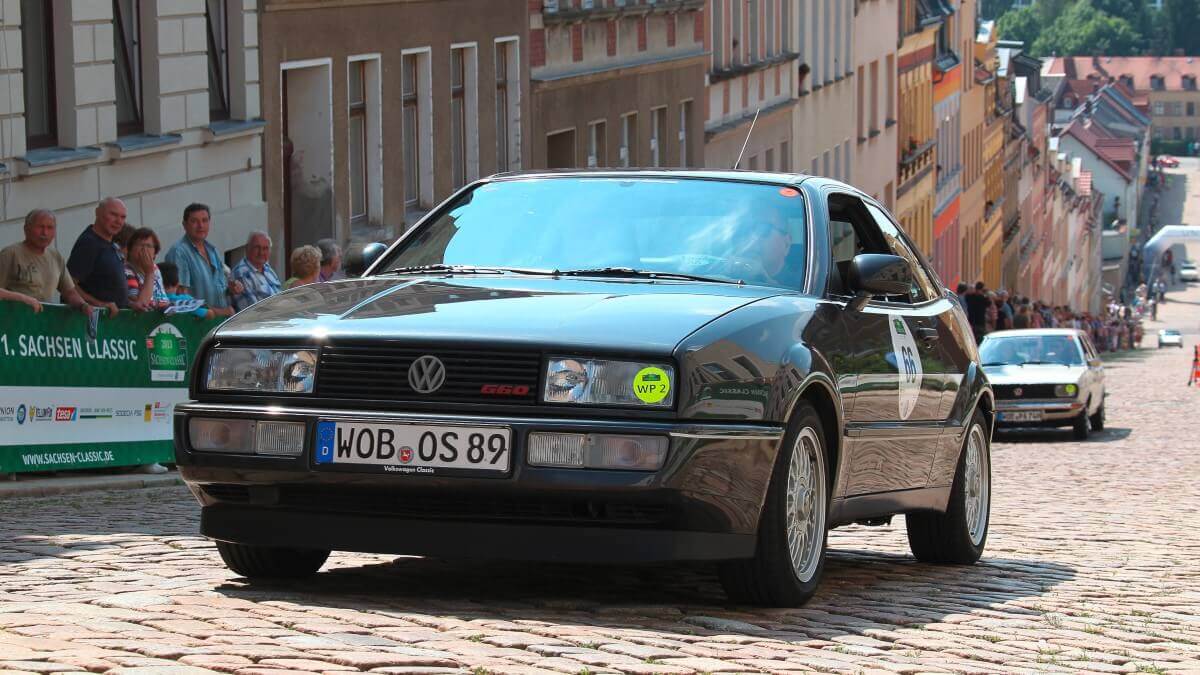

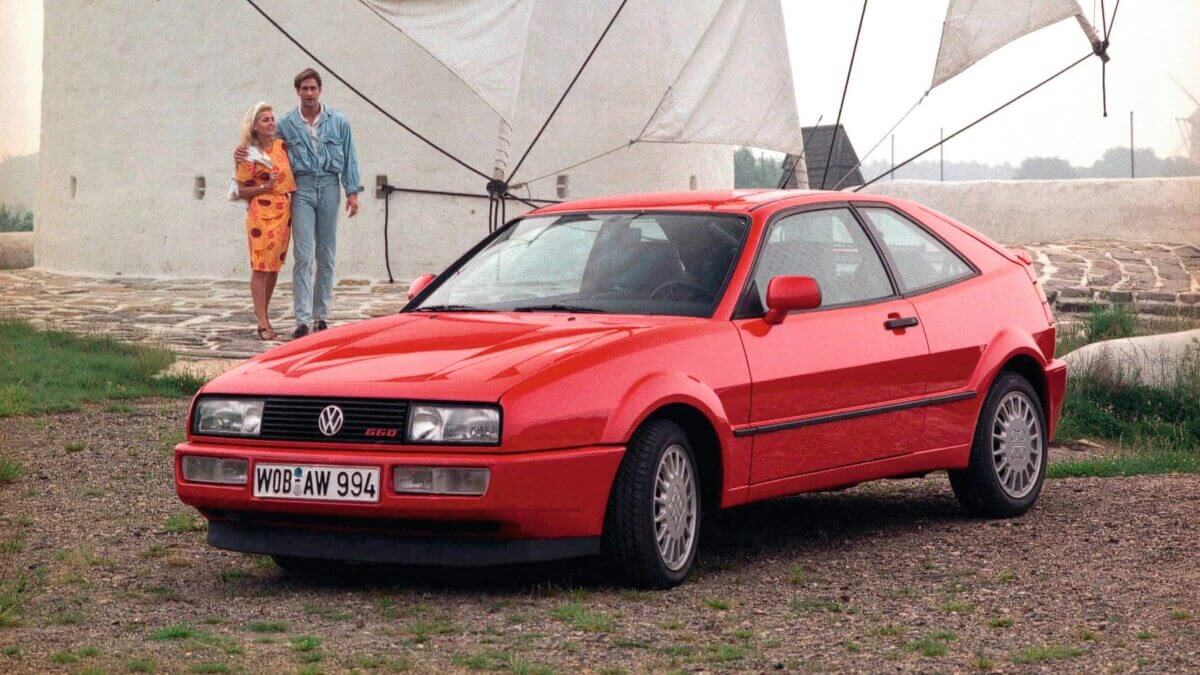

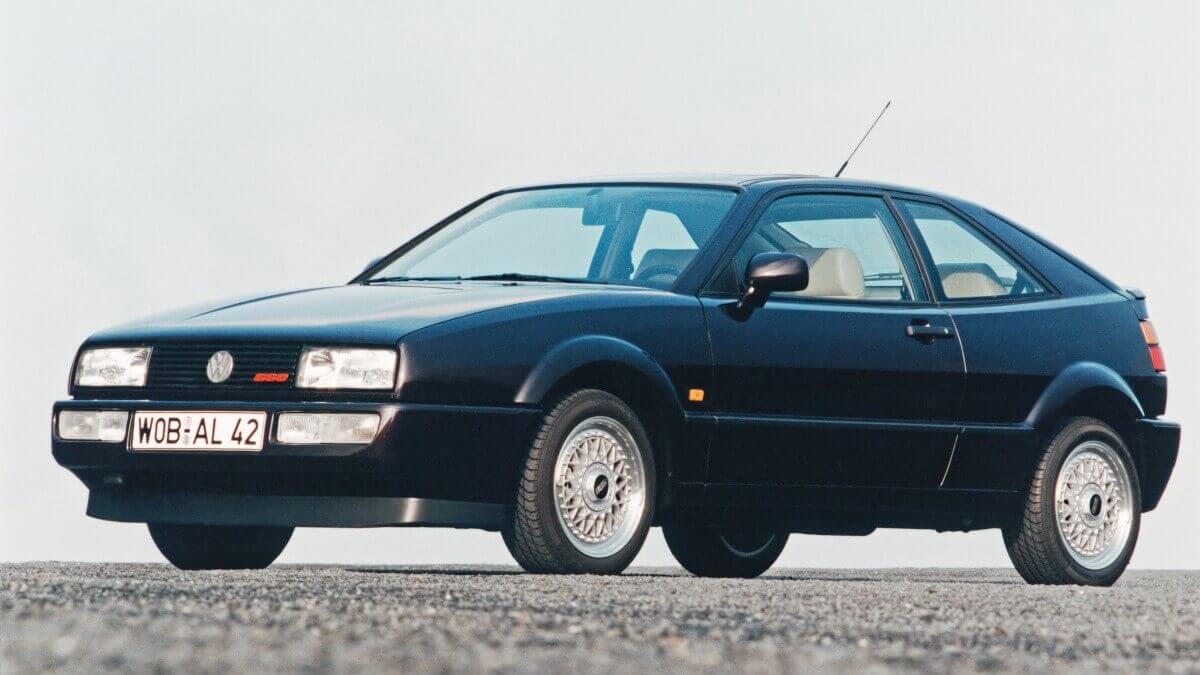

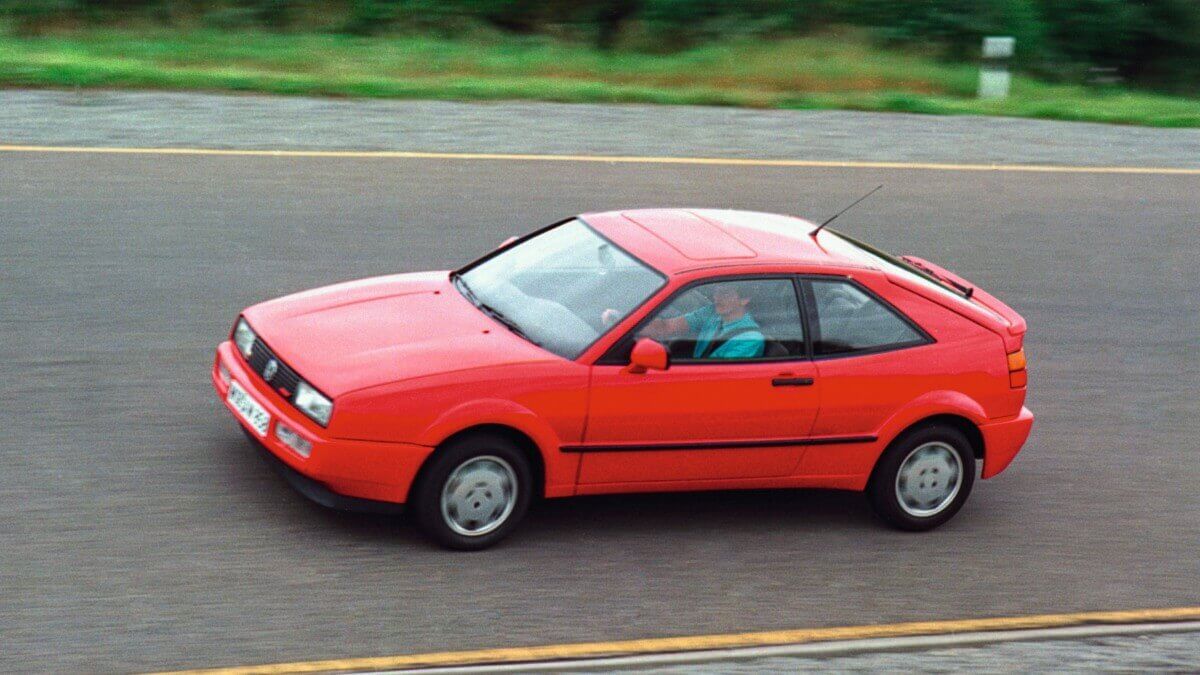

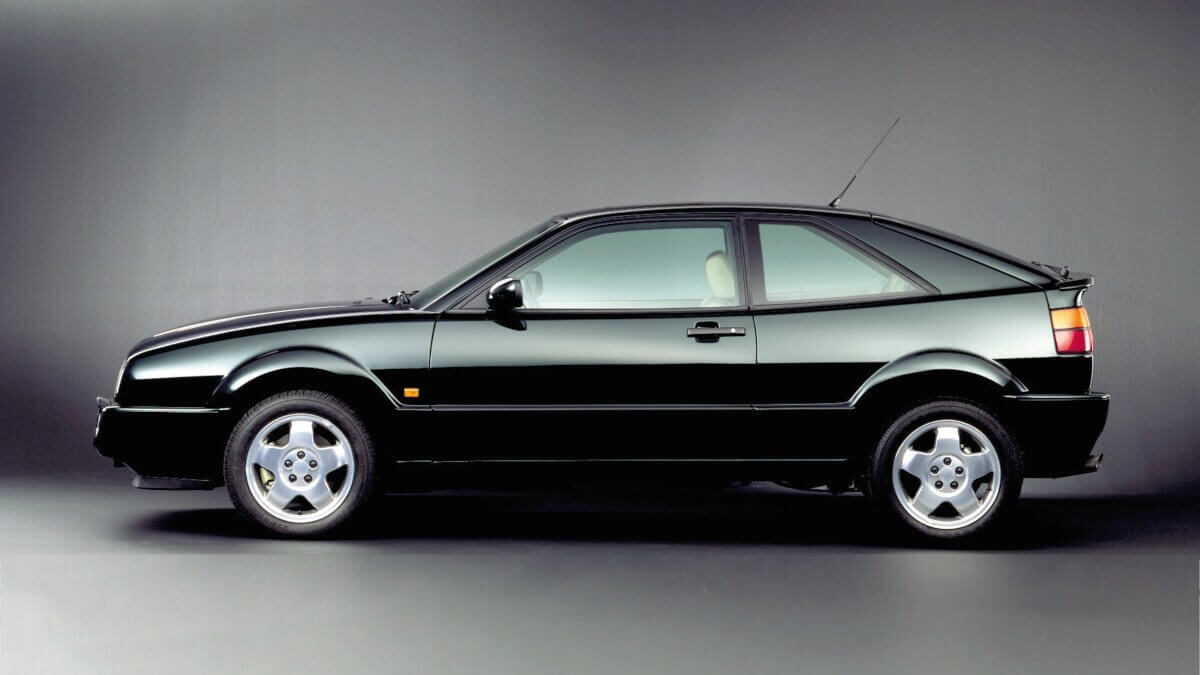

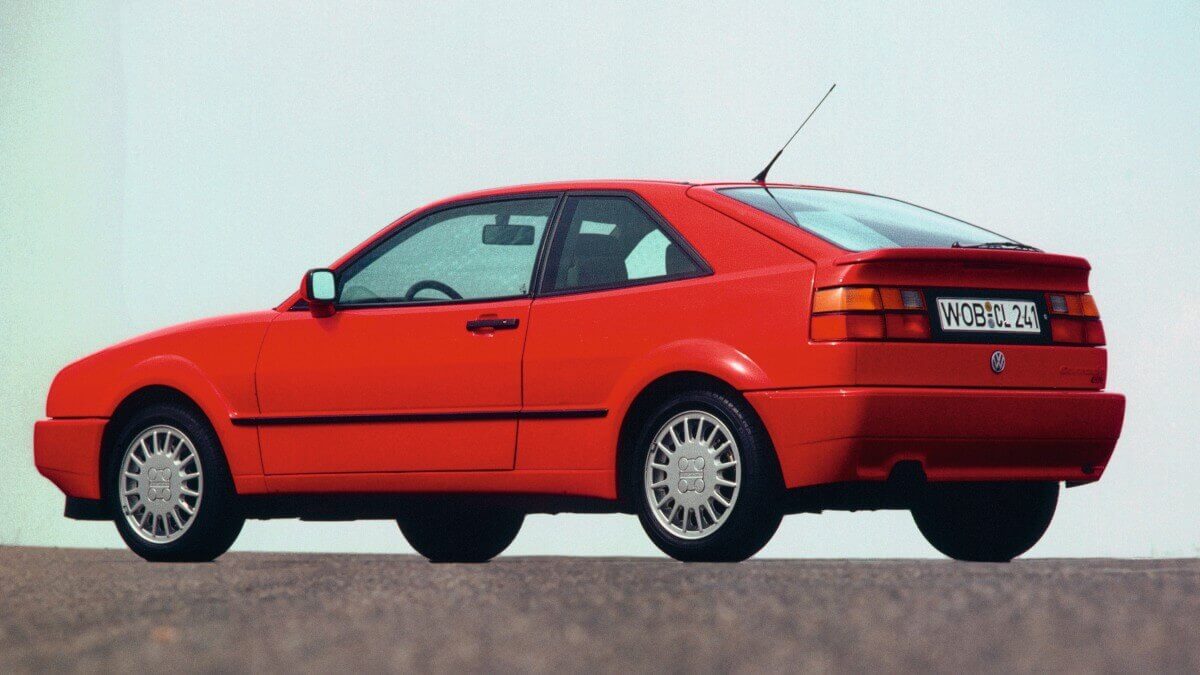

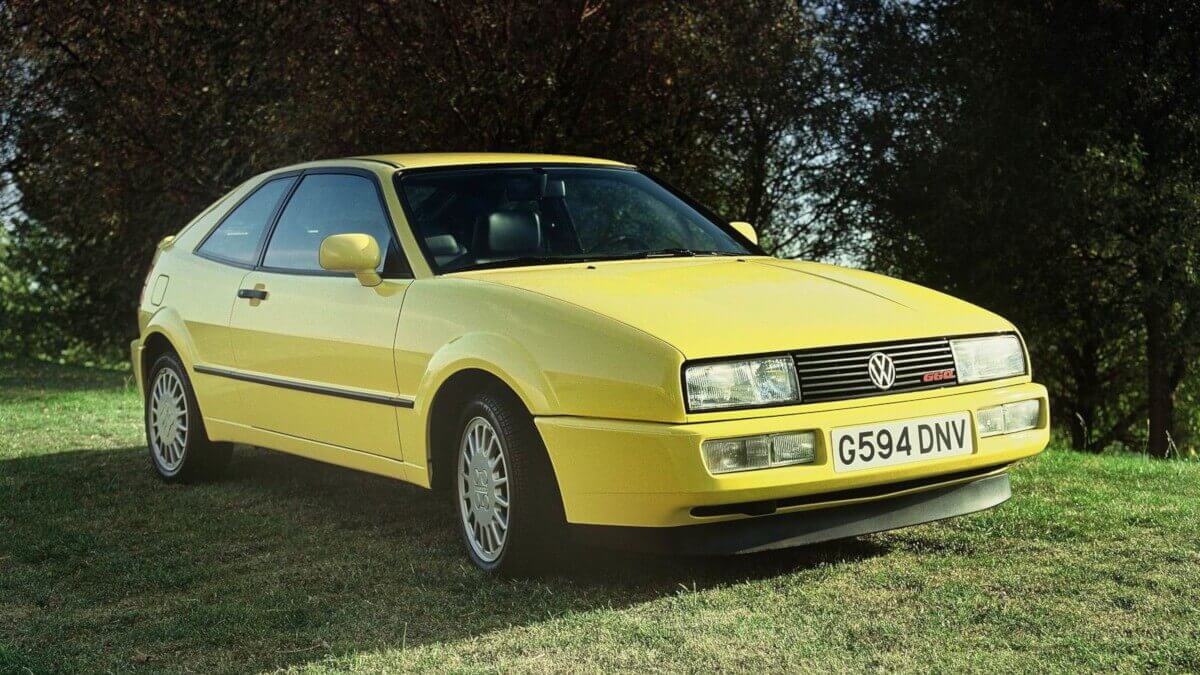

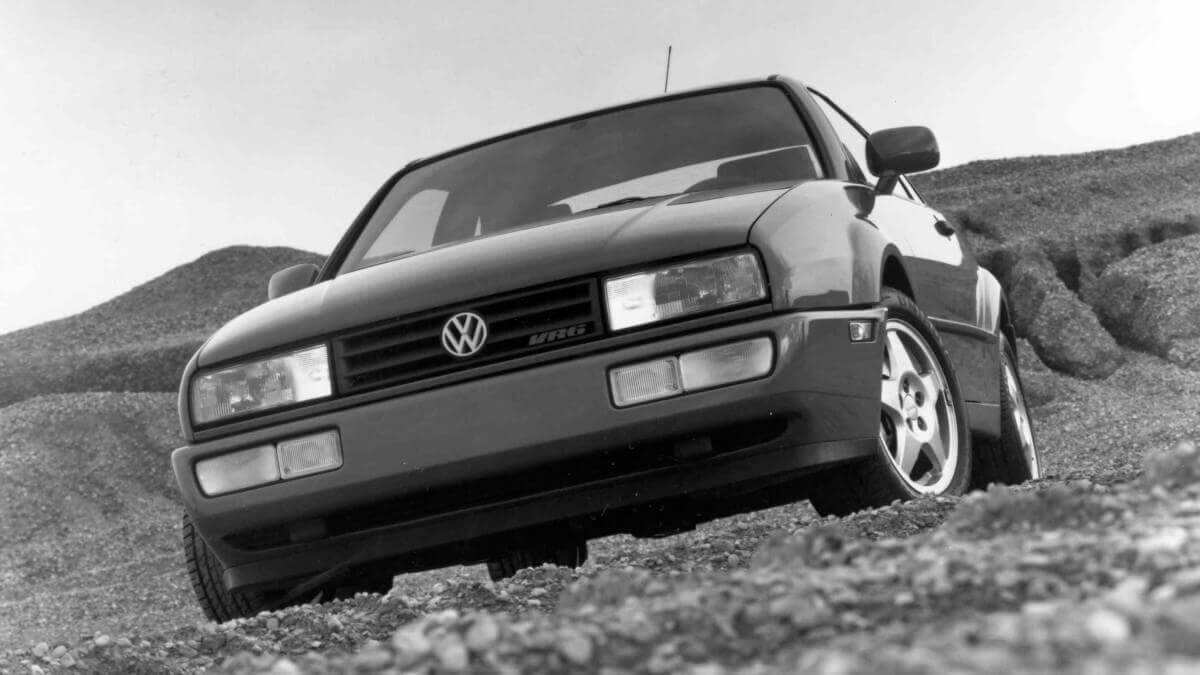

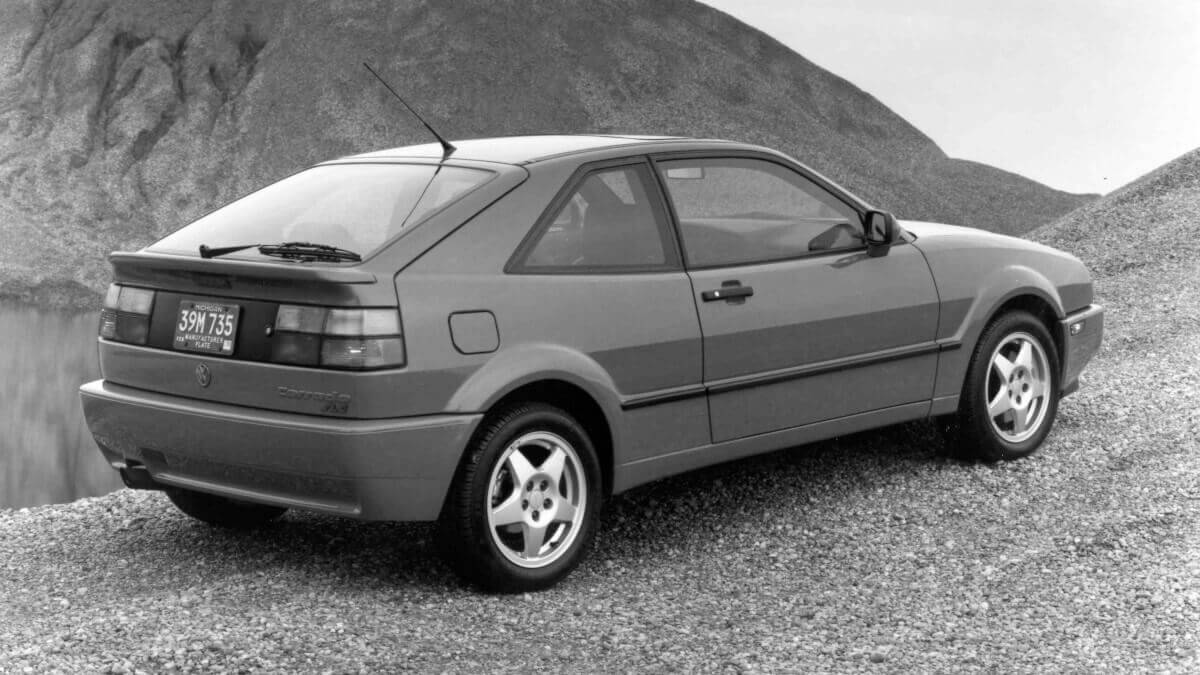

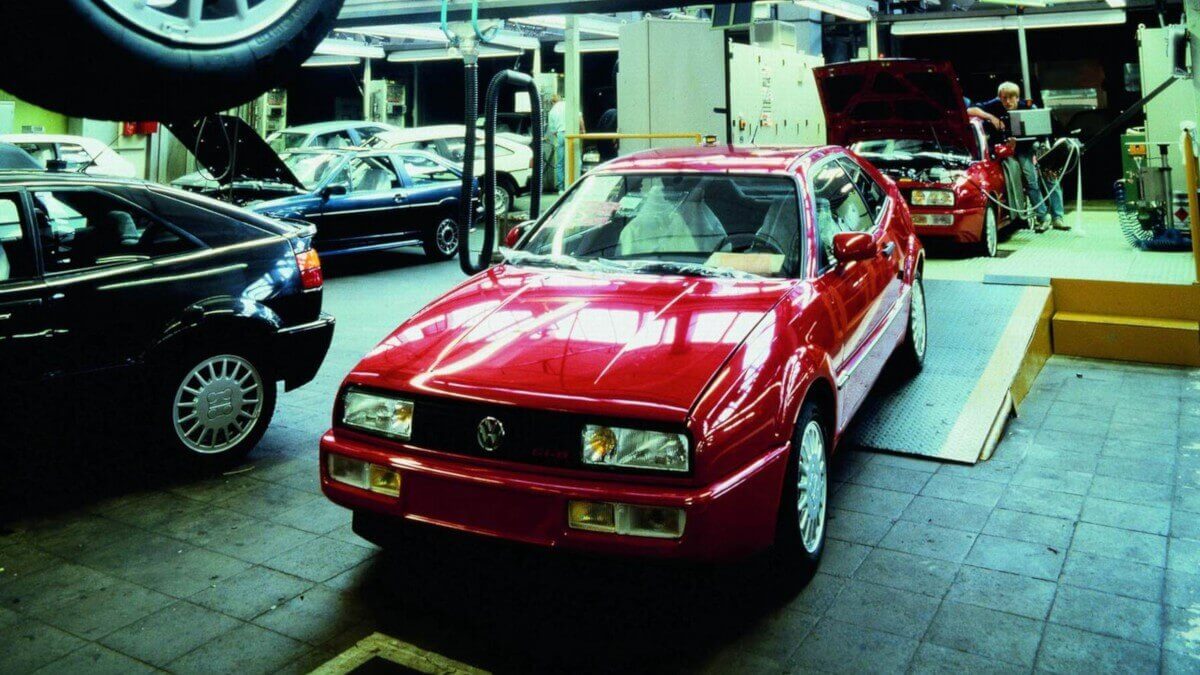

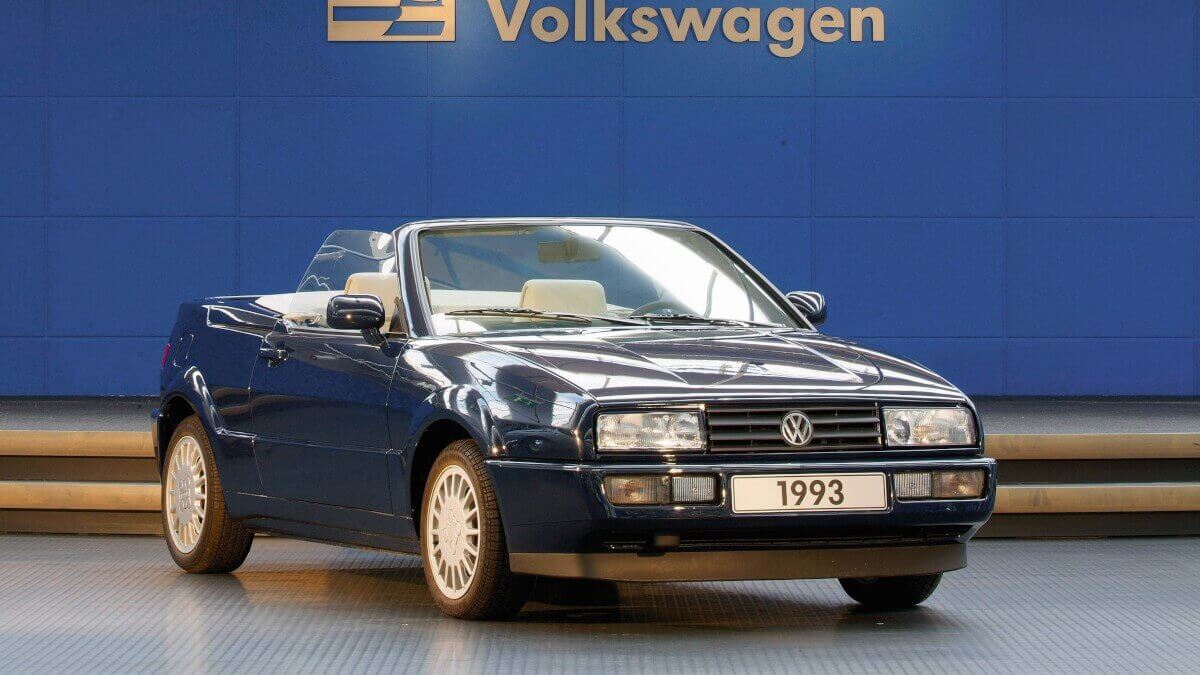

Optically, the Corrado adapted to the brand design of the time. Clean edges, rectangular headlights and a slightly rising waistline adorn the Coupé. Below the rear window for the first time an automatically extending and retracting spoiler sat, which rises in Europe at 120 kph and in the US at 75 kph to generate more downforce at the rear axle. At low speeds, it lies down again on the rear. Volkswagen offered the Corrado from 1988 at first only with a 1.8-liter four-cylinder engine, which was supplied with compressed induction air via a specially developed G-Lader. This charging technology was named after the G-shaped casing of the specially developed supercharger, which made its debut in the Polo G40 and subsequently also powered the Corrado G60. Mid 1991 it was followed with a 2.0-liter 16V engine with 136 hp and a 2.9-liter VR6 engine with 190 hp in Germany. From 1993 to the end of production in 1995 an entry-level engine with 115 hp from two liters of displacement replaced the G60. For some export markets, the Corrado was also available as a 1.8, a 1.8 16V or a 2.8 VR6. The rest of the technology and chassis consisted of parts of Golf II, Golf III, Passat B3 and Passat B4.
The standard equipment was impressive. A windscreen with green upper part and green colored glazing for heat protection all around, ABS, height-adjustable sports seats at front, power steering, fog lights and electrically adjustable exterior mirrors with heating functions and painted in body color were part of it. Optional metallic paintwork, leather upholstery or a sunroof were added. For modelyear 1992, the Corrado received a new, higher bonnet, wider front fenders, a modified front bumper, a modernized grille and a modified front crossmember to allow the installation of the larger six-cylinder engine. Next to that the tank volume increased from 55 to 70 liters, while the trunk volume decreased at the same time from 300 to 235 liters. The production at Karmann ended in June 1995 after 97,521 copies. At least two vehicles were converted at Karmann into Convertibles to suggest a possible second bodywork in Wolfsburg. Ultimately, this version stayed in the prototype stadium. Meanwhile, the Corrado has made its way through the bottom price ranges of the used car market and reached the area of sought-after young classics. First copies also reach the official classic car age of 30 now.
Images: Volkswagen


